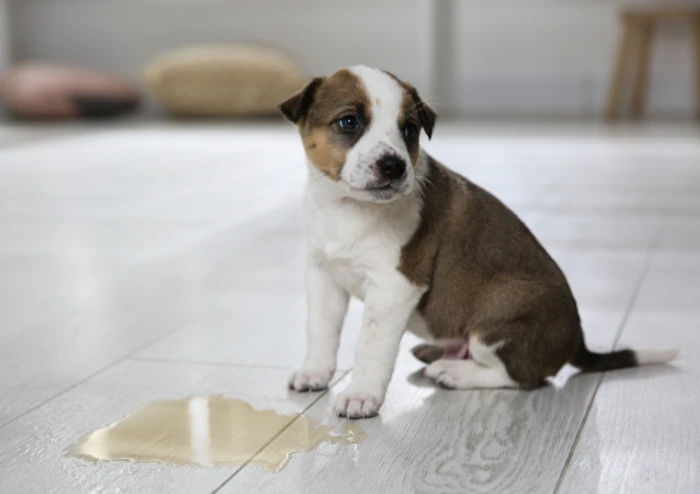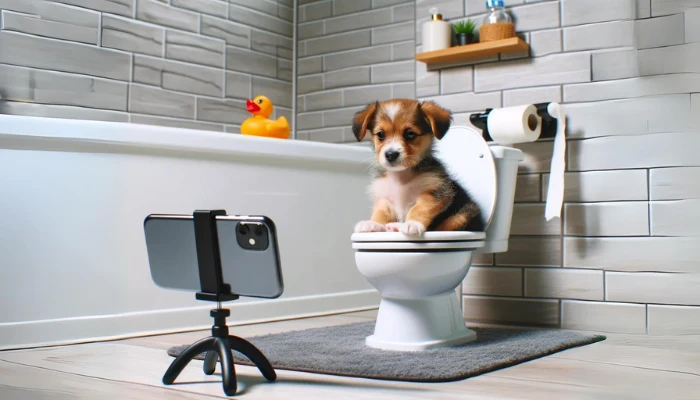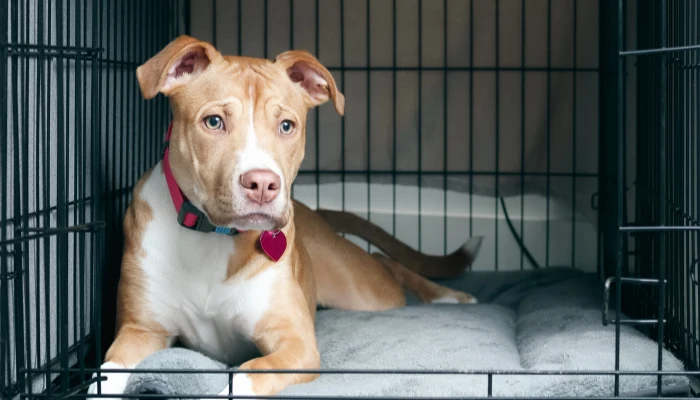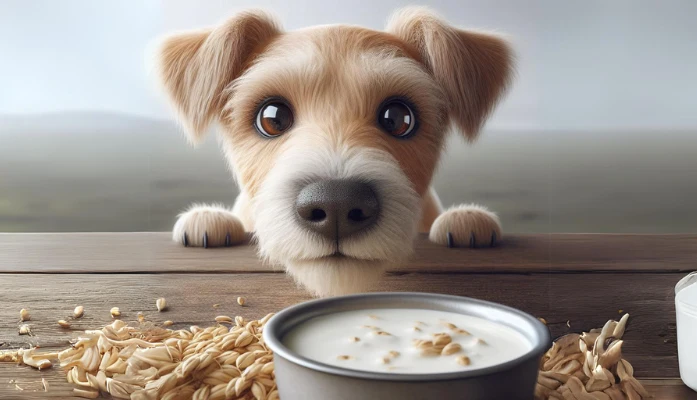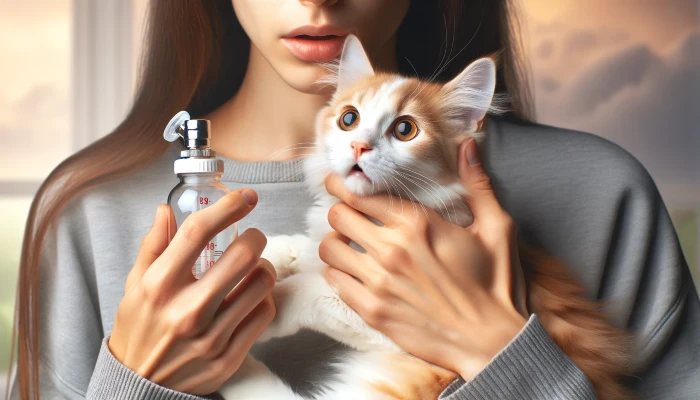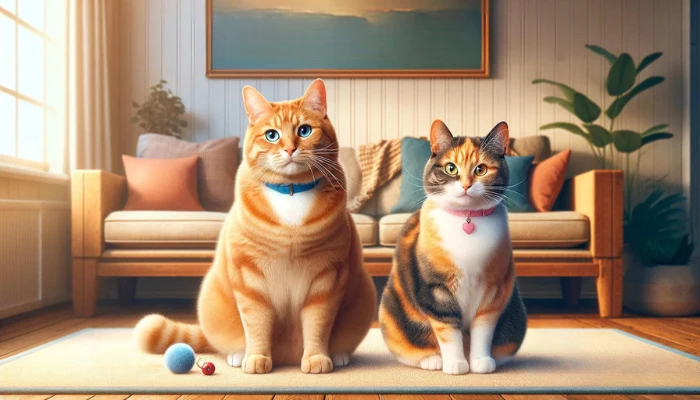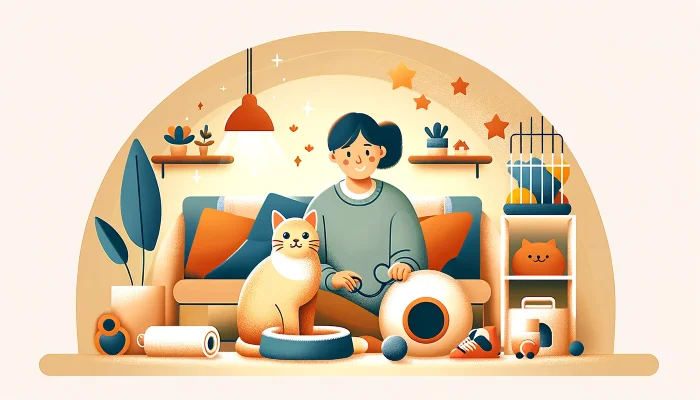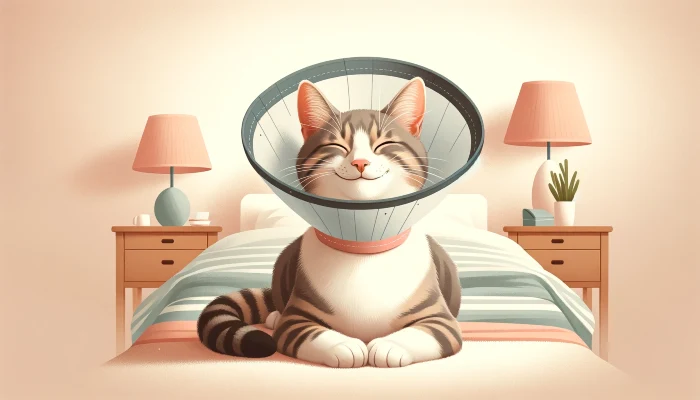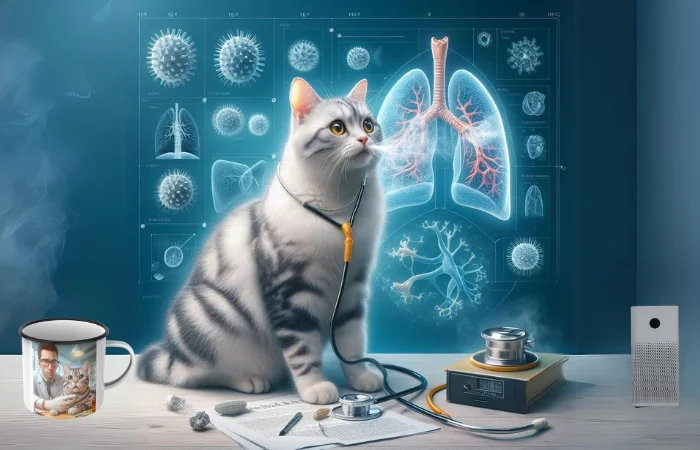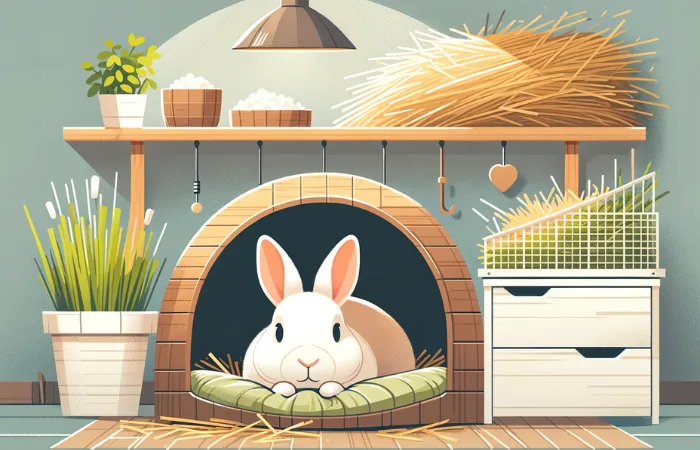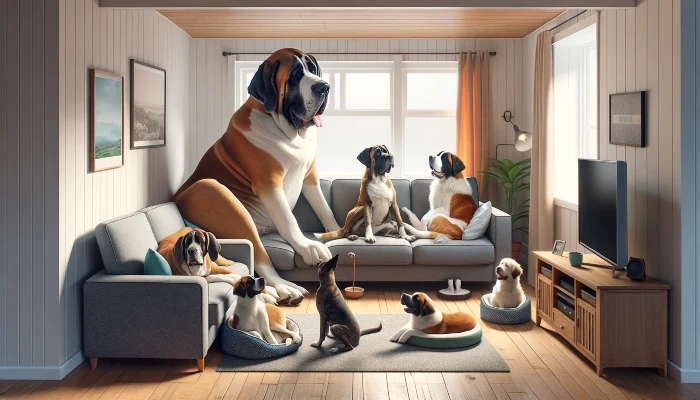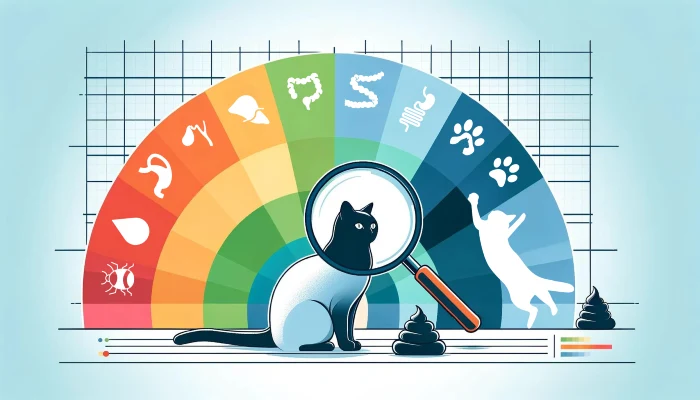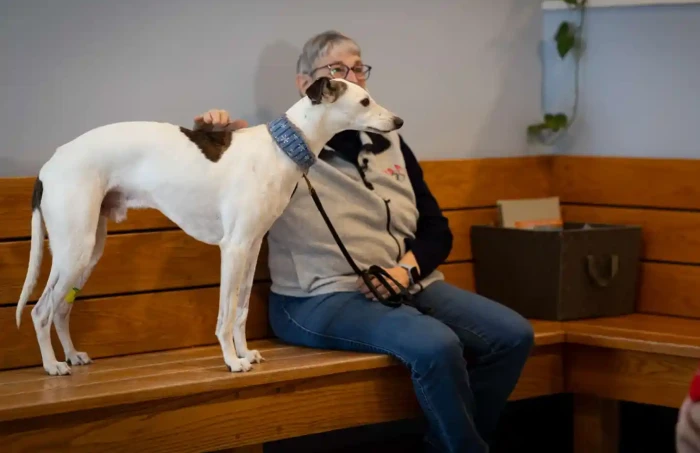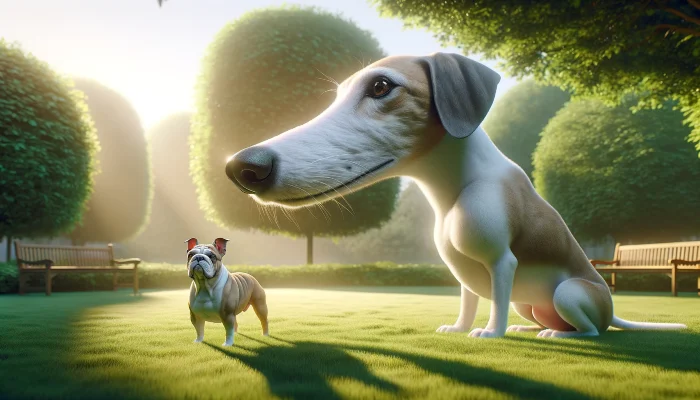Bringing home a new puppy can be an exciting and joyous experience, but it also comes with its fair share of challenges, especially when it comes to house training.
Whether you’re a seasoned puppy owner or a first-timer, I’m here to share nine essential puppy house-training tips that will make the process smoother and more successful.
So, grab your notepad (or join Dakoa and bookmark this article) and get ready to transform your puppy’s potty habits!
1. Say No to Pee Pads (Most of the Time)
Many puppy owners find themselves struggling with house-training when using pee pads. These pads can confuse puppies, leading to inconsistent potty habits. Whenever possible, avoid using pee pads altogether. Instead, focus on teaching your puppy to do their business outside.
If circumstances require you to use pee pads temporarily, follow the same principles as outdoor training. Take your puppy to the pad at specific times, such as after meals, play sessions, and waking up from a nap.
Gradually, transition away from the pads and focus solely on outdoor potty breaks.
Here’s a quick example:
Let’s say you live in a high-rise apartment with no immediate access to a grassy area for your puppy. You might use pee pads initially but plan to shift to outdoor potty training once your puppy receives all the necessary vaccinations.
During this transition, adhere to a strict schedule for potty breaks, and gradually decrease reliance on the pads as your puppy grows accustomed to going outside.
2. Establish a Consistent Potty Schedule
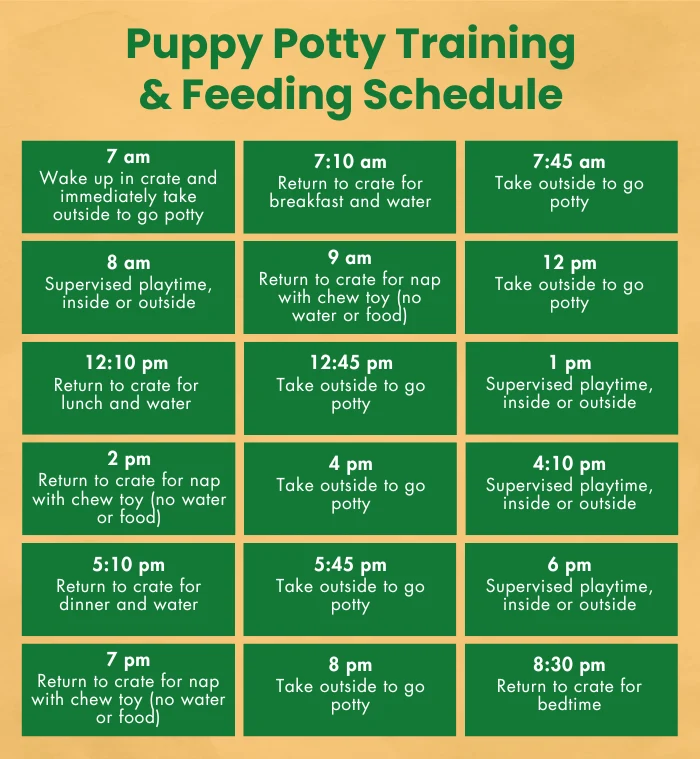
Having a structured potty schedule for your puppy is key to successful house training. Consistency is the name of the game here.
Consider starting with frequent potty breaks every couple of hours during the first week.
As your puppy becomes more successful at going outside, you can gradually extend the time between breaks over the next few weeks.
Each puppy is unique, so pay attention to your furry friend’s behavior to determine their optimal potty schedule. Their success or failure in house-training will dictate the appropriate time intervals.
How about an example?
In the first week, take your puppy outside every couple of hours. As they start having fewer accidents and become more reliable, you can gradually increase the interval to every three to four hours.
Keep track of their progress and adjust the schedule accordingly to ensure they have enough opportunities to relieve themselves.
3. Properly Utilize the Crate or Limited-Space Area
Using a crate or a limited-space area when you can’t directly supervise your puppy is not only essential for their safety, but also for teaching them to hold their bladder.
Ensure the crate or area is appropriately sized for your puppy. It should be spacious enough for them to stand, turn around, lie down, and stretch comfortably.
However, avoid providing too much extra room, as they may be tempted to pee in one corner and rest in another.
Your puppy needs to feel the consequence of soiling their designated space, encouraging them to hold it a little longer. This process helps build their bladder control and prolong the time between outdoor potty sessions.
Keeping track of the time since your puppy’s last potty break is essential, and having the crate within earshot while you work on house training allows you to hear any signs of restlessness or urgency.
Example:
Suppose you have a busy work schedule and can’t constantly watch your puppy. In that case, using a crate or a puppy-proofed area can be a lifesaver.
Make sure to give your puppy some exercise and playtime before crating them. This will help them expend energy and be more likely to rest comfortably while they are confined.
4. Managing Distractions with Leash Control When Outside
Puppies can get easily sidetracked by blowing leaves or an intriguing stick on the ground, and while it might be adorable, it can interfere with their potty time.
That’s where the leash comes in handy.
Use it to gently redirect them away from distractions, helping them reset their focus on the potty area.
During potty breaks, be all business and lead your puppy to a safe spot with minimal distractions.
Stand still and remain uninteresting, allowing your puppy to focus on the task at hand.
This ensures that your puppy understands that going outside to use the bathroom is entirely different from going outside to play.
Limiting their exploration area will make it less interesting and increase the likelihood of them choosing a spot to relieve themselves.
If you’ve been outside for a reasonable amount of time without success, head back inside and try again later.
Example:
Imagine you take your puppy to a nearby park for their potty break. Without a leash, they might run around, chasing squirrels and butterflies instead of focusing on the task at hand.
By using a leash, you can guide them to a designated potty spot and minimize distractions, allowing them to concentrate on going to the bathroom.
5. Supervision Is Key
Supervision is the linchpin of successful puppy house training.
Keep a close eye on your puppy whenever they are outside their crate.
Supervising your puppy allows you to catch them in the act if they start having an accident, providing a teachable moment.
Example:
Suppose you’re relaxing on the couch with your puppy playing nearby. Suddenly, you notice them sniffing around and showing signs of preparing to potty.
With proper supervision, you can quickly intervene, calmly saying “Uh-uh” or “Hey” to mark the behavior and then take them outside to finish their business.
6. Patience and Positive Reinforcement: Why Treats Are A Bad Idea
Puppy house training requires patience and understanding.
Accidents will happen, and it’s essential not to scold or punish your puppy for mistakes. Instead, focus on positive reinforcement.
Praise your puppy with enthusiasm and use verbal cues like “good boy” or “good girl” when they successfully eliminate in the right spot.
Positive reinforcement helps them associate pottying outside with a positive experience.
Many new dog owners use treats as a form of positive reinforcement. That’s a mistake!
First and foremost, treats inadvertently lead to over-rewarding your puppy.
Most often, you’ll discover that your new puppy gets wise to this pattern and asks to go outside more frequently in the hope of receiving more treats, even when they don’t genuinely need to potty. This leads to overeating.
This is so common that there’s even a name for it in dog training circles – “phantom peeing.” They pretend to potty just to receive treats. You may think you found the quick fix, but it often prolongs the house-training process.
Instead of relying on treats, focus on using verbal praise and affection to reinforce positive behavior.
Imagine your puppy finally pees in the designated potty spot after several failed attempts. Shower them with praise, give them a belly rub, and plenty of attention.
This positive reinforcement will strengthen their desire to potty outside and make the training process more enjoyable for both of you.
Remember, patience and consistency are key when house training your puppy.
Celebrate their successes without treats, and your puppy will learn to associate the right behavior with love, attention, and verbal encouragement.
By eliminating the need for treats, you’ll create a more natural and long-lasting bond with your puppy while teaching them the valuable life skill of proper potty habits.
After all, no one offers any of us a treat when we use the bathroom and oddly enough, we still do it many times a day.
7. Watch for Potty Cues
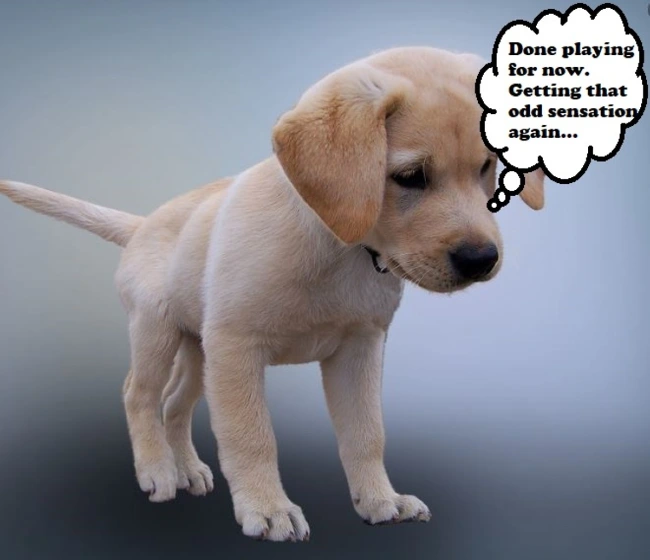
As you spend time with your puppy, you’ll notice subtle signs that they need to go potty. These cues may include sniffing the ground, circling, or becoming restless.
By learning your puppy’s cues, you can anticipate their needs and take them outside before accidents happen.
Here’s a quick example:
Suppose your puppy starts sniffing around the room or walking in circles.
Recognize these cues as an indication that they might need to go.
React quickly and take them outside to their designated potty area, where they’ll learn that you understand their needs.
8. Establish a Potty Command
Teaching your puppy a potty command can be beneficial in the long run.
Choose a simple phrase like “go potty” or “do your business,” and use it consistently each time you take your puppy outside for potty breaks.
Over time, they will associate the command with the act of eliminating.
I have an example for this too!
Every time you take your puppy outside to potty, use the command phrase in a calm and encouraging tone.
With repetition, they will learn to associate the command with the action, making it easier for you to prompt them when needed.
9. Clean Up Accidents Properly

Accidents inside the house are bound to happen during the house-training process.
When they do occur, it’s crucial to clean them up thoroughly to eliminate lingering odors.
Use a pet-specific enzymatic cleaner to remove any traces of urine or feces, as residual scents can attract your puppy back to the same spot.
Example:
Suppose your puppy had an accident on the carpet. Blot up the mess with a paper towel, then use the enzymatic cleaner to treat the area.
Follow the instructions on the cleaner’s label, as it typically involves letting the solution sit for a certain period before blotting it up. Properly cleaning up accidents will help prevent repeat offenses in the same spot.
What If Nothing Is Working?
It’s Time To Seek Professional Help
If you find yourself struggling with puppy house training despite your best efforts, don’t hesitate to seek professional guidance from a certified dog trainer or veterinarian. They can provide personalized advice and address any specific challenges you may be facing.
Quick Review & A Few Bonus Tips
In conclusion, puppy house training is a vital aspect of being a responsible pet owner, and with the right approach, it can be a rewarding experience for both you and your adorable canine companion.
Let’s quickly review the five essential tips for successful puppy potty training:
- Avoid using pee pads if possible, but if necessary, apply the same principles for outdoor potty training to using the pads.
- Create a consistent potty schedule, gradually extending the time between breaks based on your puppy’s success.
- Use an appropriately sized crate or limited-space area to teach your puppy to hold their bladder and associate the crate with a positive experience.
- Leash your puppy when going outside to minimize distractions and help them focus on their potty business.
- Provide close supervision and interrupt accidents in the moment, using positive reinforcement to praise them for pottying in the right spot.
But let’s not stop there!
As a pet owner, there are a few extra tips you may consider, that will likely make this puppy house-training journey smoother for both of you:
Be Patient and Persistent
Puppy house training takes time, and accidents are a part of the learning process. Be patient and don’t get discouraged if progress is slower than expected. Stay persistent with the training routine, and your puppy will eventually catch on.
Celebrate Small Wins
Each successful potty trip outside is a win! Celebrate these victories with enthusiasm and affection – not treats! Your puppy will associate positive reinforcement with outdoor pottying, reinforcing the desired behavior.
Avoid Punishment
Punishing your puppy for accidents can lead to fear and anxiety, hindering the training process. Focus on positive reinforcement instead, and avoid scolding or reprimanding your furry friend.
Use Puppy Training Pads Strategically
If you decide to use puppy training pads, place them in a consistent location away from your puppy’s sleeping and eating areas. Gradually move the pads closer to the door to encourage outdoor pottying.
Establish a Routine
Consistency is key to successful house training. Establish a daily routine for feeding, playtime, and potty breaks. A predictable schedule will help your puppy anticipate potty times and reduce accidents.
Keep a Potty Journal
Tracking your puppy’s potty habits in a journal can be helpful, especially during the early stages of training. Note the times of successful potty trips and any accidents to identify patterns and adjust the schedule accordingly.
Reward and Encourage
Use verbal cues and rewards consistently during house training. Positive reinforcement reinforces good behavior and encourages your puppy to repeat it.
Supervise Playtime Indoors
During playtime indoors, keep a close eye on your puppy’s behavior for signs that they may need to go outside. Interrupt play and take them to the designated potty spot if necessary.
Be Prepared for Setbacks
Remember that setbacks are normal and can happen even after significant progress. Stay patient and committed to the training process, and your puppy will continue to improve.
Seek Support
If you encounter challenges beyond your expertise, don’t hesitate to seek professional guidance from a veterinarian or certified dog trainer.
They can provide personalized solutions and help you navigate any training obstacles.
By incorporating these additional tips and staying dedicated to the process, you’ll create a strong foundation for a well-trained and housebroken pup.
Remember, every puppy is unique, so tailor the training to suit your furry friend’s individual needs. Embrace the journey, enjoy the bond you’re building, and soon you’ll have a house-trained, happy, and healthy canine companion by your side! Happy training!








